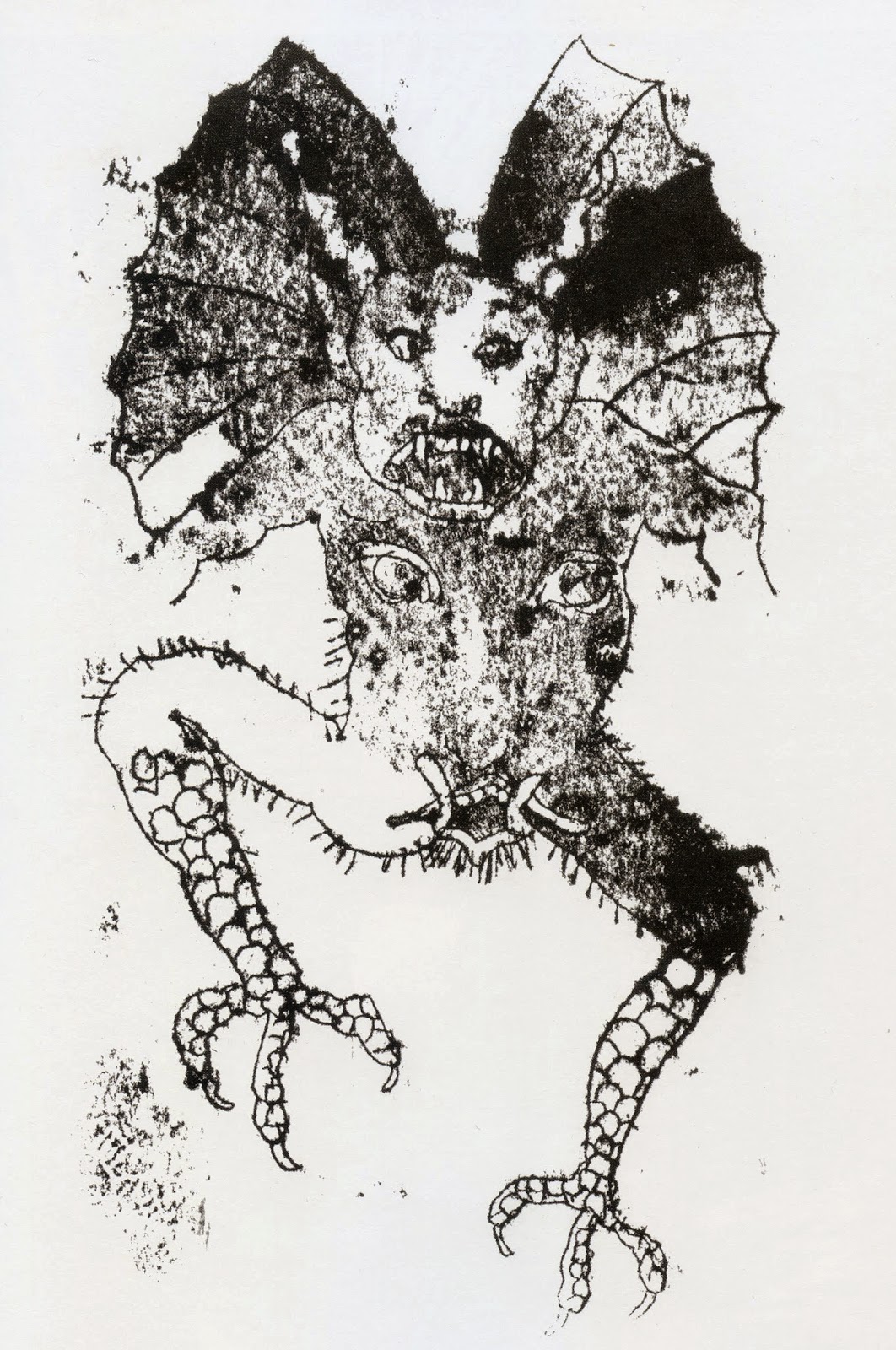American illustration used to be dominated by a sharp, stylish realism.
 |
| Roswell Keller |
However, that style was gradually replaced by a simpler look that
emphasized concept over technical skill. For example, this 1950s treatment of a couple going to bed...
...might be replaced by this flatter, simpler approach to the same subject:
 |
| Seymour Chwast |
Not as pretty to look at, no obvious skill required, the latter picture could easily have been executed by any
mildly competent artist. It would never have passed muster at the great illustrated magazines that dominated the first half of the 20th century, such as the
Saturday Evening Post,
Colliers, Life or
Redbook. Yet, thanks to illustrators such as Seymour Chwast and Milton Glaser at Push Pin Studios, it became a dominant style.
What led to such a drastic change in taste?
There is more than one reason for the transformation, but such a change could not have occurred if the new look didn't bring something new and valuable to the table. Here are two excellent examples of that "something," Chwast's clever perspectives continuing our theme of "a couple going to bed:"
 |
| "Impotence" by Chwast |
 |
| "The Wedding Night of Art and Literature," by Chwast |
The old realism of Norman Rockwell or J.C. Leyendecker would not have been suitable for such artistic solutions. Chwast
earned his exemption from the old standards because he gave us something meaningful in exchange.
 |
| The old realism would not permit Chwast to give smoke a gender |
Despite his lack of traditional drawing skills, Chwast shows a genuine appreciation for the importance of visual elements. A survey of his art demonstrates a lively, creative mind at work.
 |
| Illustrations for a poetry collection |
Even when Chwast draws flat, stilted figures, he can turn that to his advantage with his content. This bland livingroom scene is a perfect foil to show how we live every day with the existence of the bomb.
I enjoy Chwast's sculptures, which show he is not confined to simple diagrams on a printed page.
I have said some unkind things on this blog about contemporary illustrators who (in my opinion) don't draw well. (For example, last week we had a brisk conversation about
artists who mechanically draw circles for the human head). By contrast, I think Chwast is an example of what illustrators were able to accomplish by ridding themselves of the constraints of the first half of the 20th century. Chwast understood that if you are going to take
liberties, you have to give something in exchange. Chwast used his liberties to achieve worthwhile results that could not have been achieved within the confines of traditional skills.
My gripe is that the second and third generation of artists following Chwast lose their
appreciation for the trade off. Some have become accustomed to the loss of discipline and technical skill as a way of life.
 |
| Illustration by a current illustrator from Businessweek November 2014: even simpler and flatter |
They unthinkingly accept lowered standards with little recollection of why the standards were lowered to begin with. Few of them offer any offsetting or
redeeming profundity or creativity, in part because many of their viewers have become satisfied with banalities.
Chwast threw out the bath water, but he knew to keep the baby.



















































